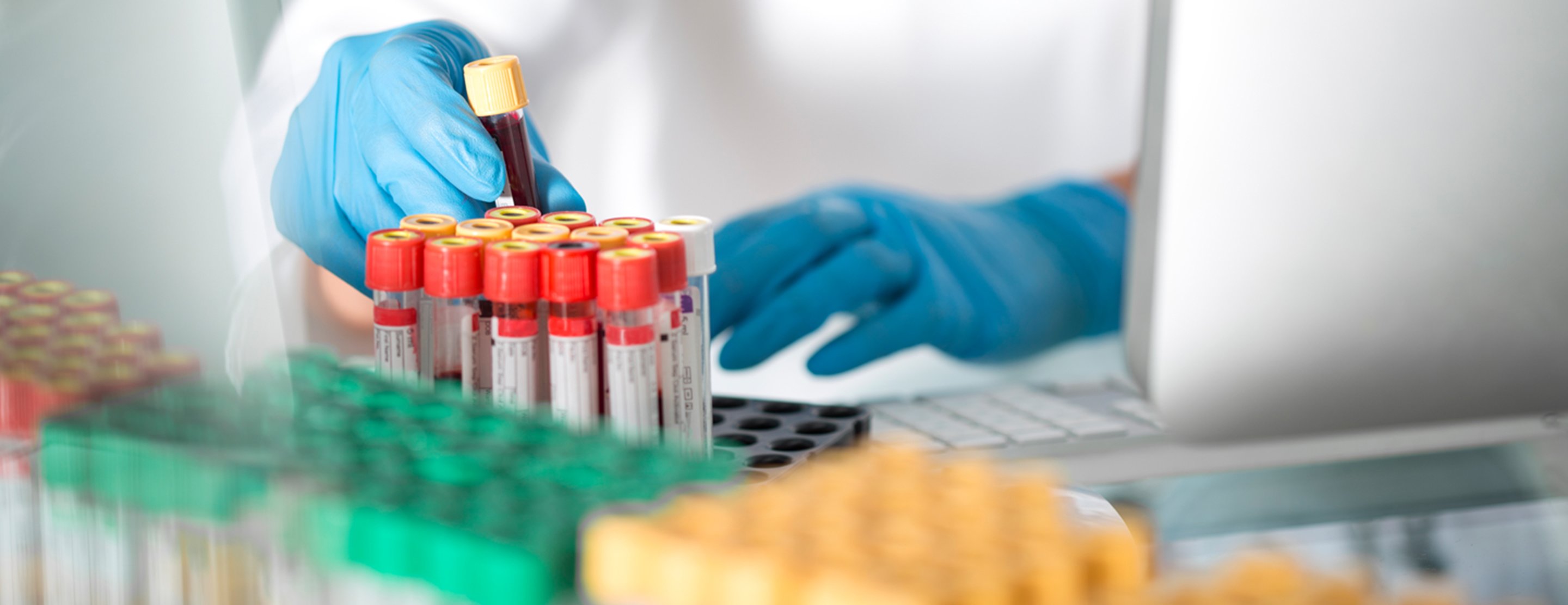
Aldolase blood test
Definition
Aldolase is a protein (called an enzyme) that helps break down certain sugars to produce energy. It is found in high amount in muscle and liver tissue.
A test can be done to measure the amount of aldolase in your blood.
How the Test is Performed
A
How to Prepare for the Test
You may be told not to eat or drink anything for 6 to 12 hours before the test. You may be also told to avoid vigorous exercise for 12 hours before the test. Your health care provider will tell you if it is necessary to stop taking any medicines that may interfere with this test. Tell your provider about all the medicines you are taking, both prescription and nonprescription.
How the Test will Feel
When the needle is inserted to draw blood, some people feel moderate pain. Others feel only a prick or stinging. Afterward, there may be some throbbing or slight bruising. This soon goes away.
Why the Test is Performed
This test is done to diagnose or monitor muscle or liver damage.
Other tests that may be ordered to check for liver damage include:
Alanine aminotransferase (ALT) testAspartate aminotransferase (AST) test
Other tests that may be ordered to check for muscle cell damage include:
Creatine phosphokinase (CPK) testLactate dehydrogenase (LDH) test
In some cases of
Normal Results
Normal results range between 1.0 to 7.5 units per liter (0.02 to 0.13 microkat/L). There is a slight difference between men and women.
Normal value ranges may vary slightly among different laboratories. Some labs use different measurements or test different samples. Talk to your provider about the meaning of your specific test results.
What Abnormal Results Mean
A higher than normal level may be due to:
- Damage to skeletal muscles
Heart attack - Liver, pancreatic, or
prostate cancer - Muscle disease such as dermatomyositis,
muscular dystrophy ,polymyositis Swelling and inflammation of the liver (hepatitis )- Viral infection called
mononucleosis
Risks
There is little risk involved with having your blood taken. Veins and arteries vary in size from one person to another and from one side of the body to the other. Taking blood from some people may be more difficult than from others.
Other risks associated with having blood drawn are slight but may include:
- Excessive bleeding
- Fainting or feeling lightheaded
- Multiple punctures to locate veins
Hematoma (blood accumulating under the skin)- Infection (a slight risk any time the skin is broken)
References
Panteghini M. Serum enzymes. In: Rifai N, Chiu RWK, Young I, Burnham Carey-Ann D, Wittwer CT, eds. Tietz Textbook of Laboratory Medicine. 7th ed. St Louis, MO: Elsevier; 2023:chap 32.
Vleugels RA, Jorizzo JL. Dermatomyositis. In: Bolognia JL, Schaffer JV, Cerroni L, eds. Dermatology. 5th ed. Philadelphia, PA: Elsevier; 2025:chap 42.
Review Date: 12/31/2023
The information provided herein should not be used during any medical emergency or for the diagnosis or treatment of any medical condition. A licensed physician should be consulted for diagnosis and treatment of any and all medical conditions. Call 911 for all medical emergencies. Links to other sites are provided for information only -- they do not constitute endorsements of those other sites. Copyright ©2019 A.D.A.M., Inc., as modified by University of California San Francisco. Any duplication or distribution of the information contained herein is strictly prohibited.
Information developed by A.D.A.M., Inc. regarding tests and test results may not directly correspond with information provided by UCSF Health. Please discuss with your doctor any questions or concerns you may have.





